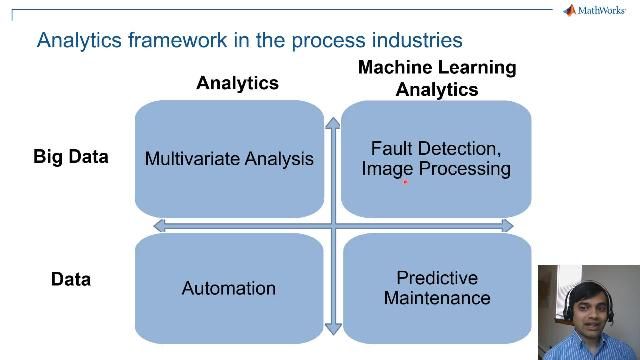What Is Process Capability?
Process capability is a measure of how well a process can consistently meet specified limits or target requirements. Process capability analysis, also known as a process capability study, uses statistical techniques to determine how well a process can produce outputs that meet specified limits or target requirements. It evaluates process performance by comparing the natural variation of a process to the specification limits and generates key indices that help assess the capability of the process or system.
Process capability analysis helps identify whether processes are capable of consistently producing products within required tolerances, making it essential for quality control, process optimization, and continuous improvement.
Why Is Process Capability Important?
Process capability analysis is crucial across various industries for:
- Evaluating process stability: Quantify process variation and control with indices such as Cp and Cpk to ensure processes stay within specified limits.
- Minimizing defects: Identify key sources of variability and reduce defects, optimizing for cost-effective, high-quality production.
- Optimizing performance: Use capability data to adjust processes for higher throughput and efficiency, ensuring consistent results with minimal interventions.
Process Capability Analysis Applications
Applications of process capability analysis include:
- Manufacturing: Monitoring production line quality by calculating capability indices, ensuring manufactured components meet tolerance levels
- Electronics and semiconductors: Assessing wafer production, optimizing component placement, and minimizing defects in circuit board or IC chip production
- Aerospace and automotive: Ensuring that turbine blades, braking components, and other critical components meet strict performance and safety requirements by reducing variability in the machining process
Performing Process Capability Analysis with MATLAB
You can use MATLAB® to calculate process capability indices, create capability plots, perform normality testing, build custom apps, and automate your workflow.
Process Capability Indices
You can calculate Cp, Cpk, and other capability indices using the built-in capability function to assess the performance of your process:
capability_indices = capability(data, specLimits)
where:
- data represents your process or system measurement data in the form of 1xN vector, where N is the number of data points.
specLimitsis a 2x1 vector specifying the upper and lower spec limits.capability_indicescontains the capability indices such as Cp and Cpk in the form of a structure.
Capability Plotting
You can visualize process performance with interactive histograms, control charts, and box plots.

Process capability plot showing the probability between specified limits created using the capaplot function. (See MATLAB code.)

X-bar and R control charts for monitoring process stability created using the controlchart function. (See MATLAB code.)
Normality Tests
You can check whether your process data follows a normal distribution using hypothesis tests such as the one-sample t-test (ttest) or the Anderson-Darling test (adtest). For non-normal data, fit alternative distributions such as Weibull, lognormal, and gamma or apply complex transformations or non-parametric methods prior to performing capability analysis.

Normal probability plot assessing data distribution created using the normplot function. (See MATLAB code.)
Custom Apps and Automation
You can streamline and customize your workflow from analysis to report generation efficiently by building custom apps with App Designer or automating your analysis with MATLAB scripts. This approach enables you to perform statistical analysis, generate reports, and create data visualizations more efficiently.
Examples and How To
Software Reference
See also: linear model, nonlinear model, probability distributions, manufacturing analytics, random number


